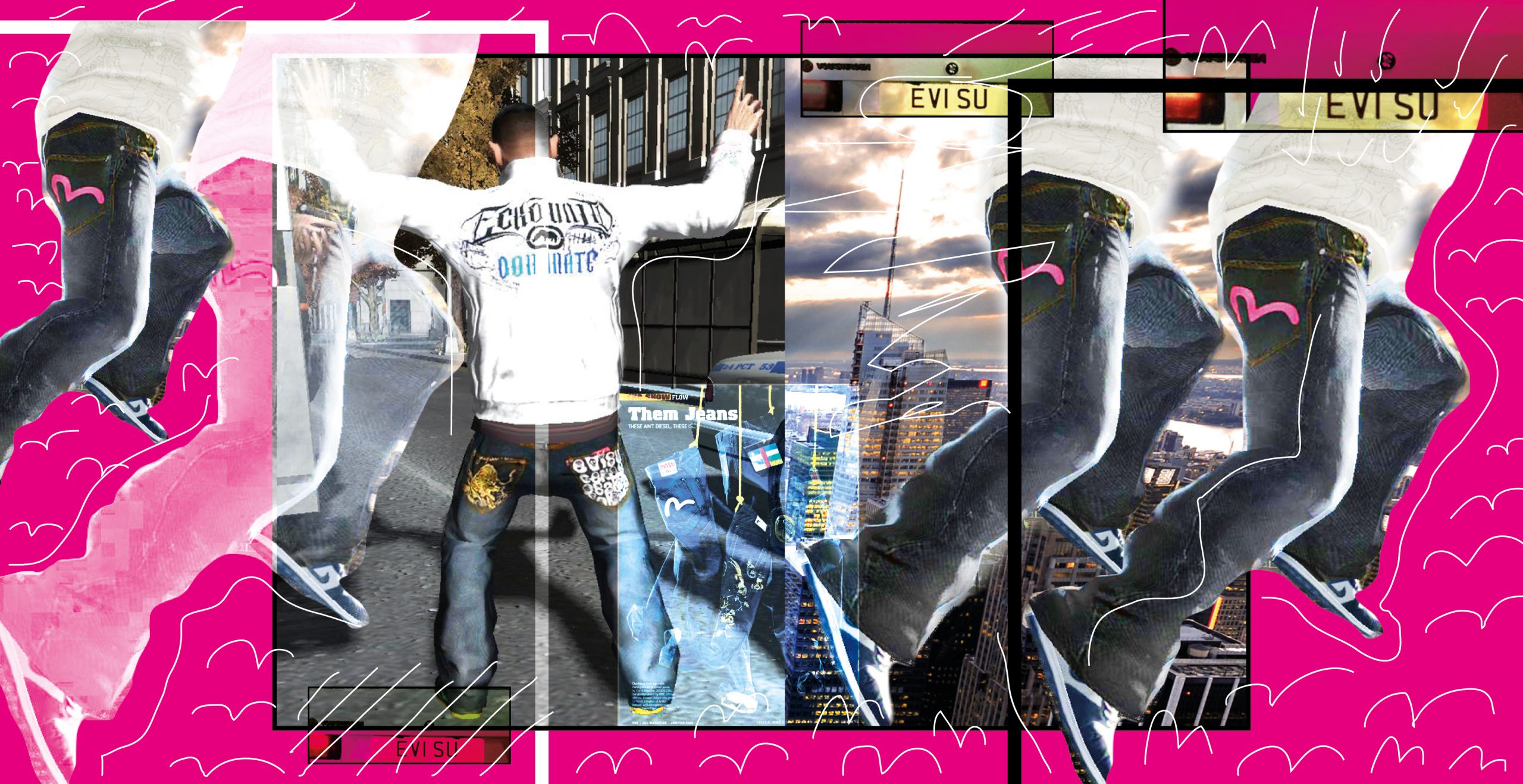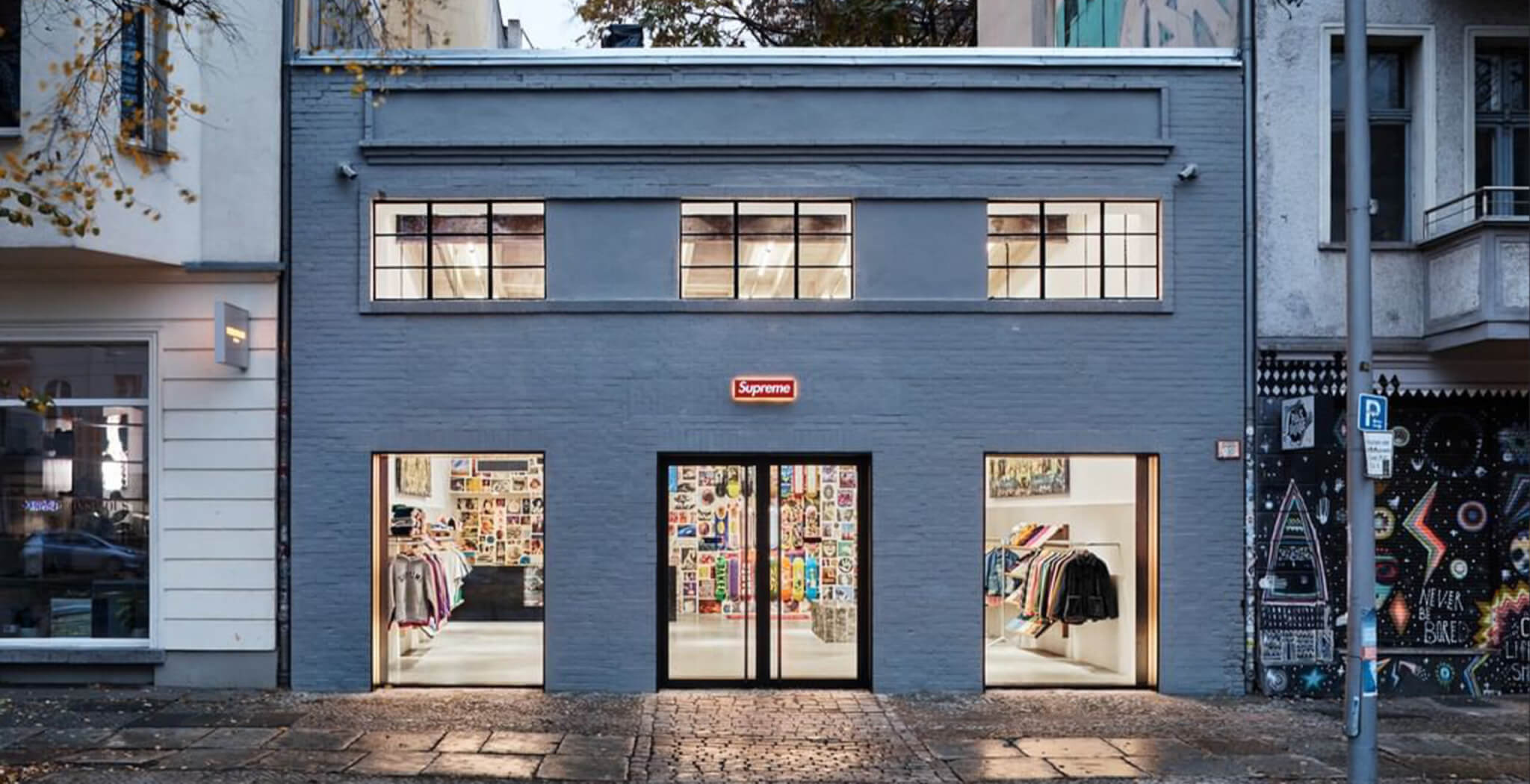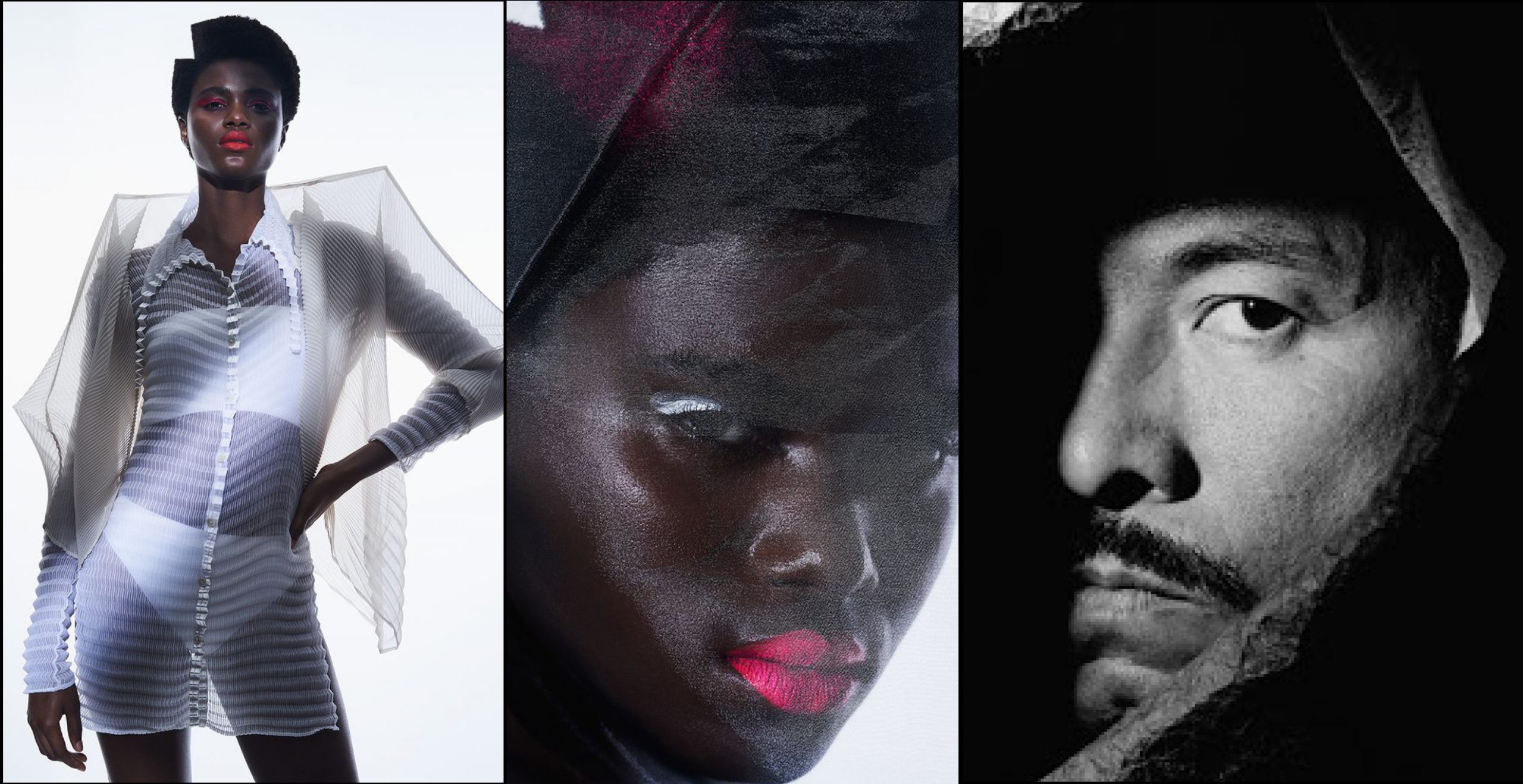Japan is known for the pursuit of perfection when it comes to its craftsmanship. The quality standard must be at an absolute level that speaks for itself. Be it clothing, furniture or food. In everything you can feel the love that the locals of the land of the setting sun put into their work. That’s what I like so much about Japan. But what I especially love and appreciate about the country in the Far East is the Japanese denim. But why is Japan famous for its denim? Why do many workers reach their limits daily to produce simple “denim”?
The beginning of a new era – Evisu
When Hidehiko Yamane launched his Evisu brand in Japan, Osaka in 1991, he had no idea of its future success. In the early stages, his brand was still called Evis, which was derived from Levis. Yamane meant no harm by the name. But Levis saw it differently and accused Yamane of trying to “copy” the brand. Yamane finally added a “U” to the Evis and from this the today’s Evisu was created. Evisu is derived from Ebisu, which is a Shinoist deity of Japan, who stands for luck and prosperity. Therefore he is depicted as a bearded man with a fishing rod. Since Yamane was a huge fan of money and fishing, he used this favour to his advantage and immortalised Ebisu forever as a leather tag on his denim.
The Japanese designer was strictly against the disposable culture of clothes. That’s why he decided to import vintage denim and breathe new life into them. But it wasn’t enough for him. There had to be another way to produce durable denim. He found it by going back in time and producing his denim the traditional way. For this he bought himself a shuttle loom and started to produce denim the way it was once known. He could make 14 jeans a day. He marked these final results with the Seagull logo (seagull), which he applied by hand to each of his denims.
Popularity among young people
The 2000s were probably the most exciting year for Evisu. The increase in creativity was felt to be immeasurable. Now various people could call themselves designers, independent of the haute couture houses. Some of the brands we know today (Stüssy, Bape, Supreme) had also reached their peak in the golden era of streetwear. This was the perfect timing and harmonious interaction of all the brands that were currently on the market. The American youth started to dress themselves with caps, hoodies, cargo pants and sneakers. Only one thing was still missing. Denim.
At a time when big logos were everything, Evisu with its elaborate and striking design ethos fitted perfectly into this era. Evisu was sung about by a few centimes from that period, which greatly increased its popularity among the youth. The problem was that Evisu was only available exclusively in Japan. Everyone wanted to have a raw denim of Evisu at that time. But the Internet was not as transparent then as it is today to be able to buy the jeans online.
“Howyou want it, my jeans is 300 These ain’t Diesel, nigga, these is Evisu” –
Evisu in 2020
Milennilas also look further back in time. They are interested in the fashion that the godfathers of streetwear once left behind. They rummage around in various online shops and second-hand shops to buy archive pieces. Evisu has some old rarities to offer when it comes to denim.
The flow of time left some old clothes behind, which are just waiting to be brought back to life by Generation Z. If you read between the lines, it is clear that Yamane’s philosophy is in every one of his vintage jeans. His way of thinking was a complete success, especially when you think about how many vintage Visu jeans there are on the market. They will remain on the market for decades to come, as their quality is destined to last for eternity.
Today’s youth constantly yearns for brands that give a certain expression to their sense of fashion. In doing so, they mostly orientate themselves towards superstars who convey this feeling. Often, however, they forget what kind of history a brand brings with it. And what an immense effort it must have been to fight for a place in a society that is just waiting to jump on the next trend anyway. Which is not wrong, but a cool brand is so much more than just a piece worn by Travis Scott or Quavo. It is a piece of history that you carry with you and you should learn to love and appreciate it.
The production process of raw and selvage denim
What is raw denim?
Raw denim is the starting point for every pair of jeans. It is, so to speak, the virgin jeans that comes unprocessed from the loom. A raw denim is very stiff in character, as starch is applied during the weaving process to increase the durability of the final product. After weaving, finishing processes such as counter-twisting (preventing industrial twisting), sanforising (pre-treating denim) and singeing (burning off scattered cotton fibres) are applied.
What is selvage denim?
Selvage denim is a type of denim that is also produced on looms. However, this process is much more complex than conventional denim production. Self-edged (real selvedge) or also called selvedge was produced on old looms. These are also called shuttle looms. The development of the world-famous selvage denim was such that the selvedge was woven narrow and close together. The special feature here was that the selvedge was not cut off. It was fixed with a thread to better differentiate the customer base. The specialist of denim – Levis, initially had a white selvedge until it changed to red (which is the best known seam of all selvage denims). Wrangler chose the color blue, and Lee chose green and yellow. Selvage denim can only be produced on woven chairs for marksmen. These looms weave the fabric with only one weft thread, which each time, covers the full width of the loom. When this thread is inserted back into the denim, the notorious selvage edge is created. This has the advantage that it does not fray, like conventional denim produced on projectile looms.
Until the end of the 18th century, it was the customary quality standard to produce one’s jeans on projectile looms until the worldwide demand for denim increased. As a result, the decision was made to switch to projectile looms, as they are much more efficient than shuttle looms. These have the disadvantage that they work much slower than projectile looms. They need a fabric width of 80 cm, whereas the projectile loom only needs 150 cm. This means that much more fabric is needed to make a pair of jeans. This is why Selvage Denim is so price-intensive, because the effort takes a lot of time and patience.
Selvedge looms were very common in America at the end of the 19th century. In the 60’s to the 80’s, the manufacturing process was rationalized and modernized. The classic shuttle looms were completely replaced by projectile looms or other more temporary manufacturing methods.
The Japanese recognized the long forgotten potential of the Selvage looms. They bought them and thus secured their place as market leader for high-quality selvage denim today. Evisu is the best example of this.



























